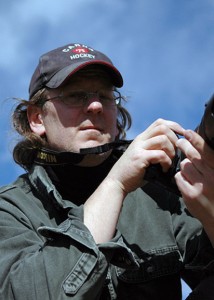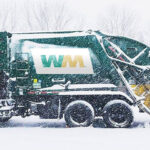Home »

Listening for Meadowlarks
Under Swansea
By Bob Ede
This is a favorite time of year of mine. The snow is deep in the mountain passes and the creeks run crystal clear. In the valley bottom, the lakes have opened up, trees are budding and many migratory birds are back and starting nests.
 Nothing signals spring like the flute-like call of the Western Meadowlark. Early April is when they return to the Columbia Valley to nest.
Nothing signals spring like the flute-like call of the Western Meadowlark. Early April is when they return to the Columbia Valley to nest.
While driving the Loop Road at the base of Mount Swansea, I roll my window down and listen for the song of Western Meadowlark. I scan the fields hoping to get a glimpse of its striking yellow chest. Lisa, my partner in bird watching, continually reminds me to keep my eyes on the road.
Meadowlarks seek the wide-open spaces of native grasslands and agricultural fields. They build nests on the ground, hidden by the long grass.
Meadowlarks rely on their unusually strong bills to ply the soil in search of insects and other food items that most birds can’t reach.
They are shy. In my experience, it is not uncommon to hear them for several days before getting the first spring sighting.
Look for them on posts and power lines near grassy areas. In the Invermere area, a walk or drive on the Windermere Loop Road is a great place to see many different birds and you can be guaranteed to hear the inspiring call of the Meadowlark.
The other day we spotted our first Meadowlark of the season. It flew across the road and perched on a dead snag. It was a grey day and a few flakes were falling. I opened my window so we could hear its song. I think the Meadowlark was happy imagining the worms the snow will bring at melt.
It seems to take awhile but always arrives on time. Spring is here to stay.
*****
 – Bob Ede rolls the back roads with a 1970-tattered copy of Birds of North America. He keeps one eye on the road and one in the sky. He can be reached at: [email protected]
– Bob Ede rolls the back roads with a 1970-tattered copy of Birds of North America. He keeps one eye on the road and one in the sky. He can be reached at: [email protected]







